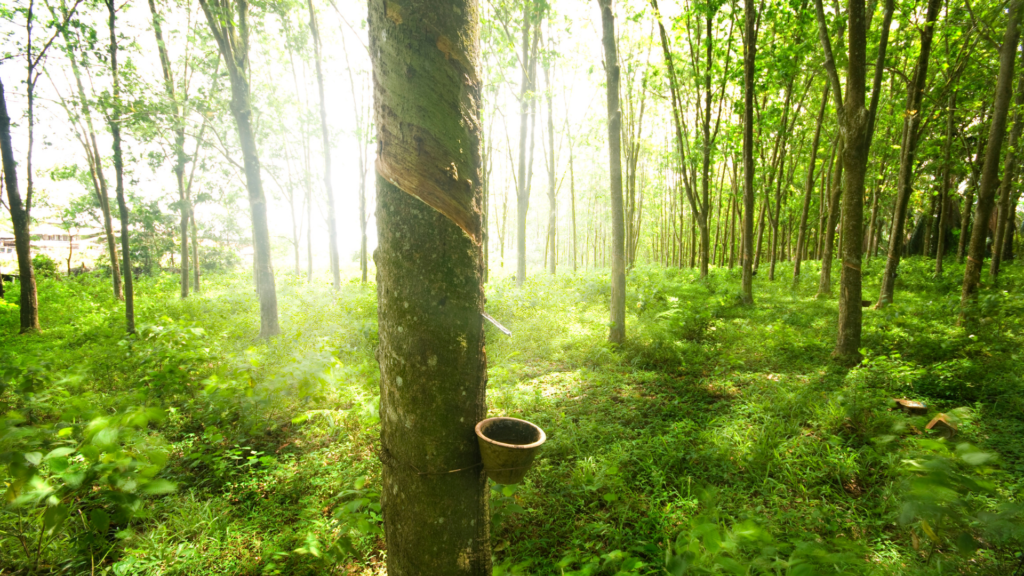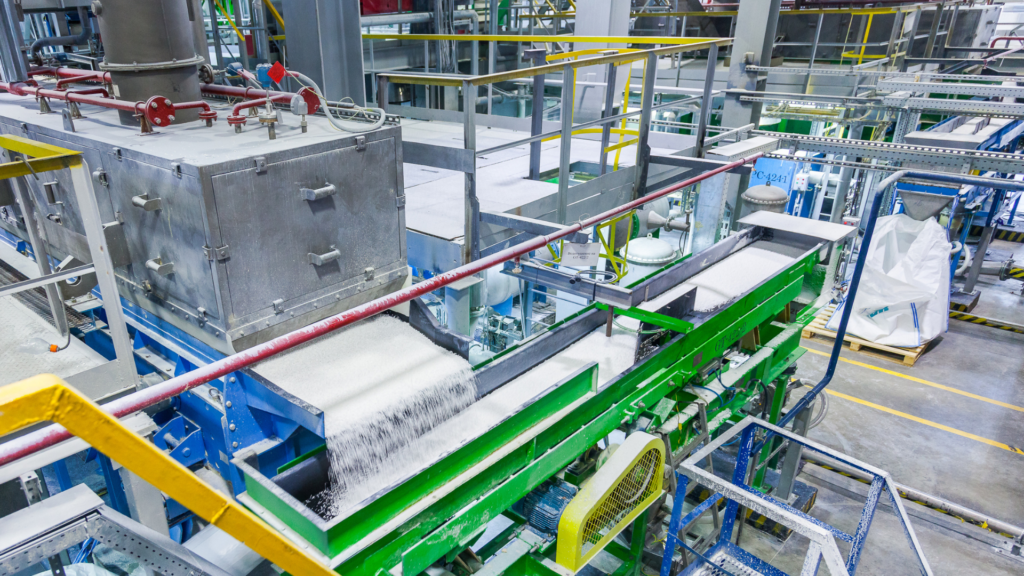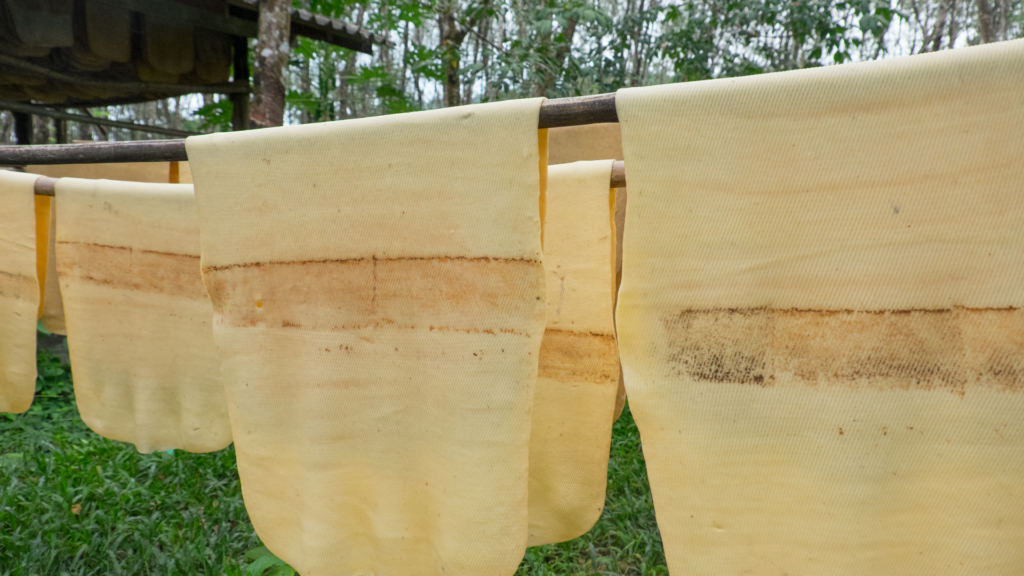What do car tires, erasers, bouncy balls, shoe soles, elastic bands, and gaskets all have in common? They are all products that are made from rubber. Where does rubber come from? Most people would be surprised to learn that this common, household material, is actually derived from living trees.
Basic Information

I first learned about its origins during a trip to South America, where we encountered the two most common varieties of the rubber tree, Hevea Brasiliensis, and Castilloa. These tropical trees are native to the Amazon River basin of Brazil. As the first source of the world’s rubber, these trees were harvested during the mid-1800s. During these early years, Brazil held a monopoly on its production.
Not unlike maple syrup, it is a sap that is harvested from trees by tapping. Harvesters cut pieces of bark away from the tree, or make small incisions in the bark. The milky white sap then oozes out of the bark down a spout and into a bucket.
Some scientists believe that this liquid latex sap, contained in trees, is actually a defense mechanism to deter predators. This is to protect the trees from pests such as insects and microorganisms from wounding the tree.
Once a significant amount of the liquid latex has been gathered in buckets. Harvesters begin the process of curing or reducing it. Typically, the harvester builds a fire of green palm nuts and smokes the liquid in a large pot over the fire.
Twirling a paddle over the fire, the harvester hastens the thickening process. Slowly, the liquid latex congeals into a solid ball. These balls, composed of large quantities of rubber collected over a several-day time period, may range from eighty to one hundred pounds in size.
Amazingly enough, one single tree may be tapped regularly, even daily. The tree wounds will heal over the tapping incisions and continue to produce latex sap.
Flourishing Industry

Brazil held the monopoly on world production until 1876. This is when Henry Wickham, a British politician, visited the Amazon basin and smuggled a large number of its seeds back to Kew Gardens in England. These trees were carefully cultivated in Kew Gardens, and then trees and seeds were shipped to Asia. This marked the end of the Brazilian rubber boom, and the beginning of more efficient, commercial rubber plantations in Asia.
It wasn’t until the beginning of WW II, that demand for rubber skyrocketed. After which, the political disputes led to significant fluctuations in rubber prices. Synthetic rubbers were first researched and experimentally produced. In 1909, the production of the first synthetic rubber, of polymerized methyl isoprene was done. The team of scientists working under Fritz Hoffman in Germany’s Bayer laboratory made it possible.
By 1942, Japan conquered Asia, thus placing the majority of the world’s natural rubber supplies under the Axis Powers. The U.S. government is desperate for rubber for military truck tires. Also, they are utilized for other war machinery, which needed a more modern answer to the question of where does rubber come from. The government launched a covert operation to improve synthetic rubber, under the guidance of chemist Edward Robbins. By 1944, a total of 50 factories were manufacturing new, synthetic varieties of rubber.
Production of Rubber

In 1960, the world production of synthetic rubber surpassed the production of naturally harvested ones. Only about 30% of the current market originates from tropical trees. However, some products such as airplane tires and car tires still require a high percentage of natural products.
As chemists and scientists continue to explore new methods of synthesizing them and polymers, the percentage of natural ones in commercial use may continue to decrease. This is a trend that may ultimately prove beneficial to tropical rain forests.

